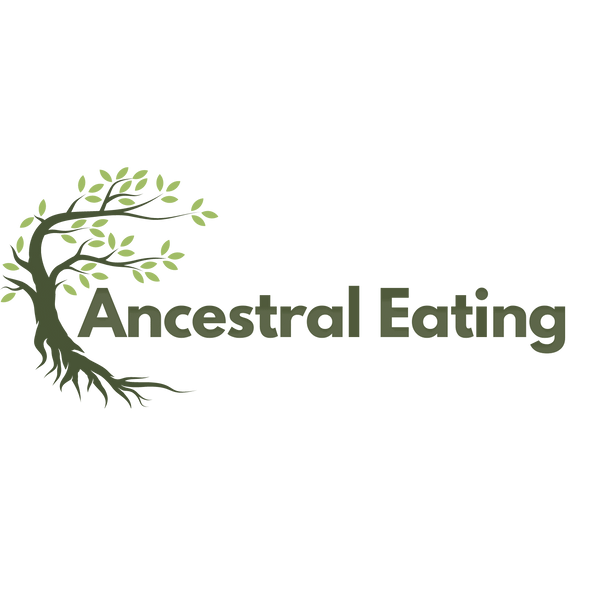Lebanon, a country situated at the crossroads of the Mediterranean and the Arab world, has a rich culinary history that reflects its diverse cultural influences and geography. Over the past 500 years, Lebanese cuisine has evolved by incorporating various elements from Ottoman Turkish, French, and ancient Levantine cuisines, among others. Below is an overview of some of the foods and beverages that have been part of Lebanese cuisine over this period:
Staple Foods
- Bread: Pita (or "Khobz") is a staple, used for dipping and scooping.
- Rice: Often served as a side dish or part of a main course.
- Bulgur: Cracked wheat used in various dishes like kibbeh and tabbouleh.
Proteins
- Lamb: A favored meat, often used in kibbeh, stews, and grilled dishes.
- Chicken: Widely used, often grilled or roasted.
- Fish and Seafood: Due to its coastal geography, Lebanon has a rich variety of seafood dishes.
Dairy Products
- Yogurt (Labneh): Consumed as a dip or used in cooking.
- Cheese: Halloumi, akkawi, and other cheeses are popular.
Fruits and Vegetables
- Olives and Olive Oil: Widely used for cooking and as a condiment.
- Citrus Fruits: Especially lemons, used for their juice and zest.
- Tomatoes, Cucumbers, and Lettuce: Common in salads like fattoush.
Seasonings
- Garlic and Onions: Used in many dishes for flavor.
- Herbs: Such as mint, parsley, and cilantro.
- Spices: Like sumac, za'atar, and allspice.
Traditional Dishes
- Hummus: A spread made of chickpeas, tahini, lemon juice, and garlic.
- Baba Ghanoush: A spread made from roasted eggplants.
- Tabbouleh: A salad made from bulgur, parsley, mint, and tomatoes.
- Kibbeh: A dish made of bulgur wheat and meat, often lamb.
- Shawarma: Sliced meat, often chicken or lamb, cooked on a vertical spit.
- Falafel: Deep-fried chickpea or fava bean balls or patties.
Sweets and Desserts
- Baklava: A pastry made of layered phyllo dough, filled with nuts and honey.
- Maamoul: Shortbread-like cookies filled with dates or nuts.
- Knafeh: A dessert made with thin noodle-like pastry or semolina dough, soaked in syrup.
Beverages
- Coffee: Lebanese coffee, similar to Turkish coffee, is popular.
- Tea: Consumed throughout the day, sometimes flavored with herbs.
- Arak: An anise-flavored alcoholic beverage, often mixed with water and ice.
Foreign Influences and Modern Foods
- Ottoman Influence: Dishes like shawarma and baklava came from the long period of Ottoman rule.
- French Influence: French bread, pastries, and even the café culture can be attributed to the French Mandate period.
- Modern Cuisine: With globalization, international foods like pizzas, burgers, and sushi are increasingly popular, especially among younger generations.
Lebanese cuisine emphasizes freshness, variety, and balance, often featuring an array of mezzes, or small dishes, that allow for communal eating and sharing. Over the last 500 years, these traditional foods have not only persisted but have also adapted to include influences from the various cultures that have interacted with Lebanon, making it a rich and diverse culinary landscape.






